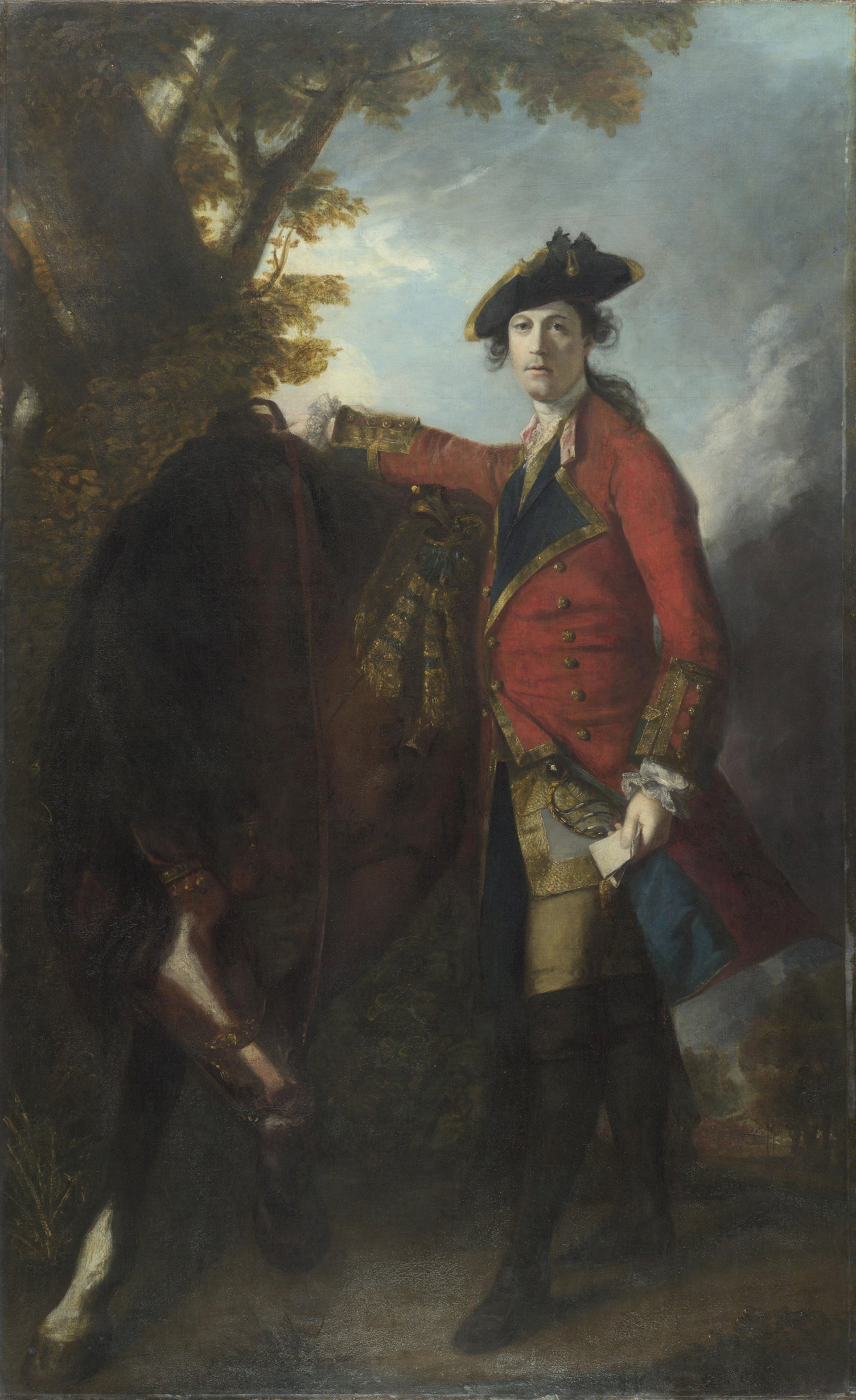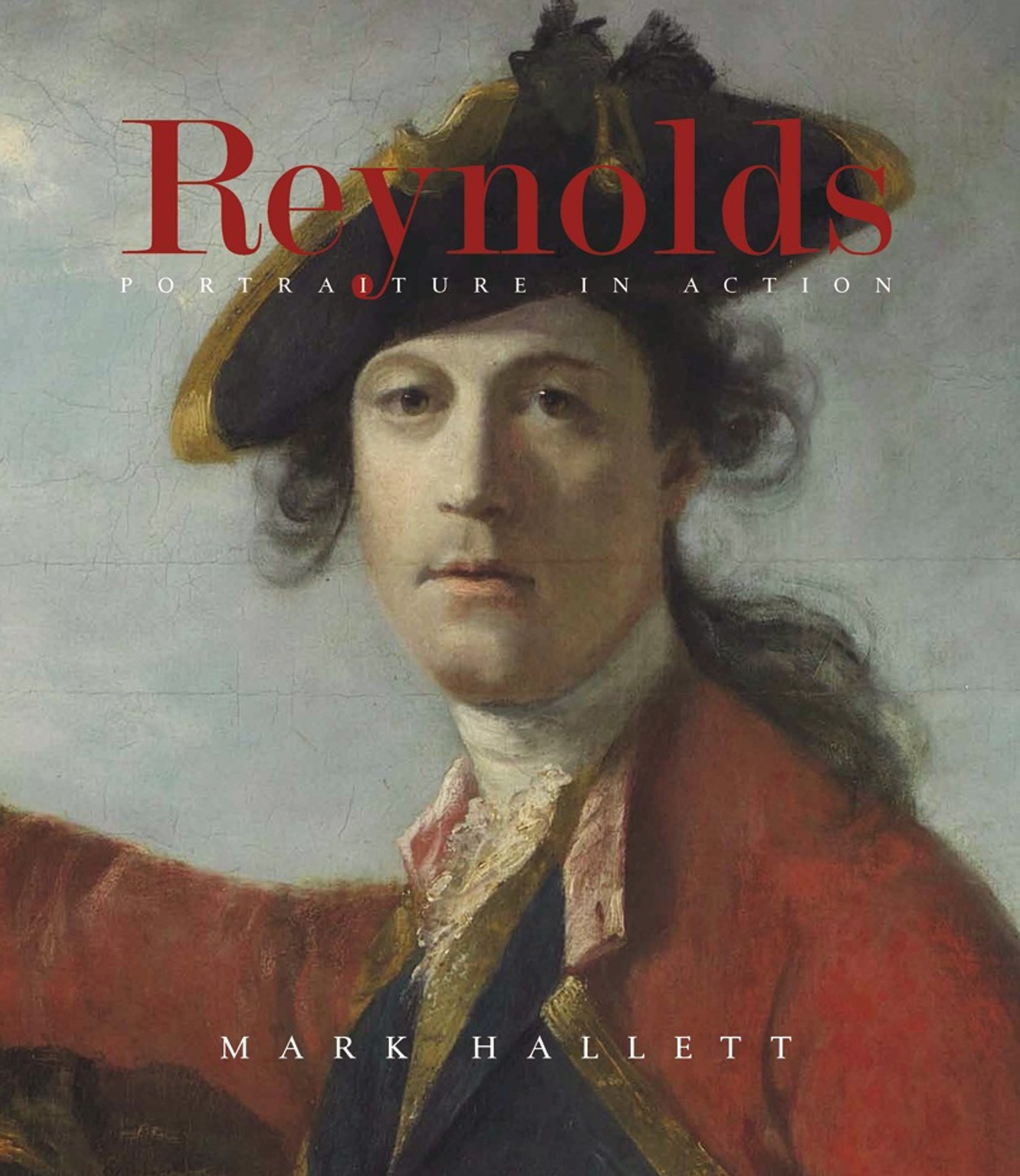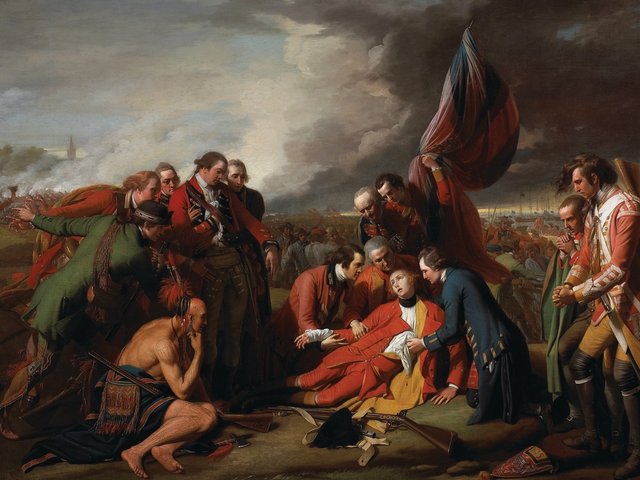Joshua Reynolds was—together with Pope, Johnson and Handel—one of the most important cultural figures in England during the 18th century. He may not have been England’s greatest painter during that seminal period; many will reserve that honour for Gainsborough, whose landscapes were as deeply admired as his portraits. But as a painter, writer and public figure (as a prolific society portraitist, as the author of the 15 discourses delivered at the fledgling Royal Academy, and as the first president of that body), Reynolds had no rival, and his accomplishments and legacy have been amply recorded.
We have a sumptuous two-volume catalogue raisonné by David Mannings, a new edition of his letters, a biography by Ian McIntyre, a study of his subject pictures by Martin Postle (who also curated the handsome exhibition devoted to Reynolds and “celebrity” at Tate Britain ten years ago), my own study of Reynolds’s studio practice and role within English society, and now a new exhibition devoted to the artist at the Wallace Collection, London, Experiments in Paint (until 7 June). What we have lacked for decades, however, is a systematic study of Reynolds’s work as a portrait painter, with extended interpretations of the paintings themselves. Like Dr Johnson (who was a lifelong friend), Sir Joshua the personality has often overshadowed the individual works of his hand.
To say that Mark Hallett’s Reynolds: Portraiture in Action begins to fill this critical gap would be a considerable understatement. Working chronologically and with a sure sense of the artistic, social and political environments within which Reynolds practiced, Hallett traces the painter’s apprenticeship to Thomas Hudson, his eye-opening sojourn to the Mediterranean and to Rome, his early work in London and Devon, and the creative leap he took in fashioning comparatively dramatic, intimate and even exotic portraiture as he began to make his reputation within a highly competitive market in the capital.
As this lengthy and beautifully illustrated book unfolds, Hallett assesses Reynolds’s entrance into the world of fashionable portraiture—alluring courtesans and aristocratic beauties, heroic figures on the battlefield, and the painter’s close friends within the burgeoning cultural establishment—while carefully maintaining a focus on how and where these pictures were to be placed: in his showroom, in annual exhibitions, in palaces and country houses, and much more widely with prints of his paintings disseminated to an even greater public. Placement was a paramount concern of Reynolds, who well understood how his paintings would fare when hung in a room created by Robert Adam or added to a collection that would juxtapose his own work with iconic paintings by Rubens and Van Dyck. Hallett therefore shrewdly devotes entire chapters to the iconography of Henry and Hester Thrale’s library at Streatham, to the arrangement of the exhibitions at Somerset House, and to the challenge of creating a modern family portrait at Blenheim.

One of the considerable accomplishments of this book therefore lies in how successfully Hallett places Reynolds, both early and late, within the complicated artistic matrix in which he flourished. And flourish he did: collaborating with his sitters as they chose poses, costumes and attributes in what became an intricate and theatrical dalliance; drawing upon Old Masters (Michelangelo, Tintoretto, Van Dyck and Rembrandt in particular) as he endeavoured to revitalise the more traditional forms of portraiture in which he had been trained; studying treatises on the fine arts and reading the latest gossip in the newspapers; working hand-in-hand with the print-makers whose mezzotints were “especially well suited to representing the transitions of light and shade that were so central to Reynolds’s artistic appeal at mid-century, and that he used to such great effect in his female portraits to articulate the contours of a sitter’s body and the shimmer of a dress”. Reynolds emerges in Hallett’s book as a skilful and often inspired decision-maker—before, during and after the sittings he hosted in his studios.
What I admire most in this lucidly written study, however, are the nuanced readings of a wide range of Reynolds’s paintings, including several of his most famous compositions. Hallett writes of the play of light and shadow that generates “implied narratives” in Reynolds’s elaborate group portrait of the Montgomery sisters, Three Ladies Adorning a Term of Hymen (1773). Of the dramatic chiaroscuro in the artist’s early self-portrait in the National Portrait Gallery, London, Hallett argues that it represents an “important intervention in 18th-century British painting because it self-consciously stages a new kind of dialogue between self-promotion and introspection, between exteriority and interiority, and between the different psychological meanings that can be introduced into a portrait by the interplay of light and shadow”.
Painting by painting, Hallett breathes new life into the critical discussion of the complexity of Reynolds’s compositions while simultaneously paying tribute to his eye for colour and dramatic lighting. We see this most vividly in Hallett’s interpretation of the two sides of Captain Robert Orme’s countenance in the National Gallery, London: “the illuminated half offers an ideal of the resolute and reassuring English army officer, whose calm gaze, firm jaw and subtly upturned mouth bespeak discipline and fortitude”, but the darkened half presents “another person entirely”, expressing the anxiety and vulnerability of military defeat. Captain the Honourable Augustus Keppel (1752-53), Garrick between Tragedy and Comedy (1760-61), Lady Sarah Bunbury Sacrificing to the Graces (1763-65), Mrs Lloyd Writing on the Bark of a Tree (1775-76): these and other important paintings by Reynolds are brought to life once again as Hallett explores the vigour and animation with which the artist infused his very best work.

Reynolds: Portraiture in Action
Mark Hallett
Yale University Press for the Paul Mellon Centre for Studies in British Art, 464pp, £50 (hb)
Richard Wendorf is the director of the American Museum in Britain, Bath, and the author of the award-winning Sir Joshua Reynolds: the Painter in Society. His extended essay, The Three Laws of Portraiture, will be published by the Thornwillow Press in 2015


